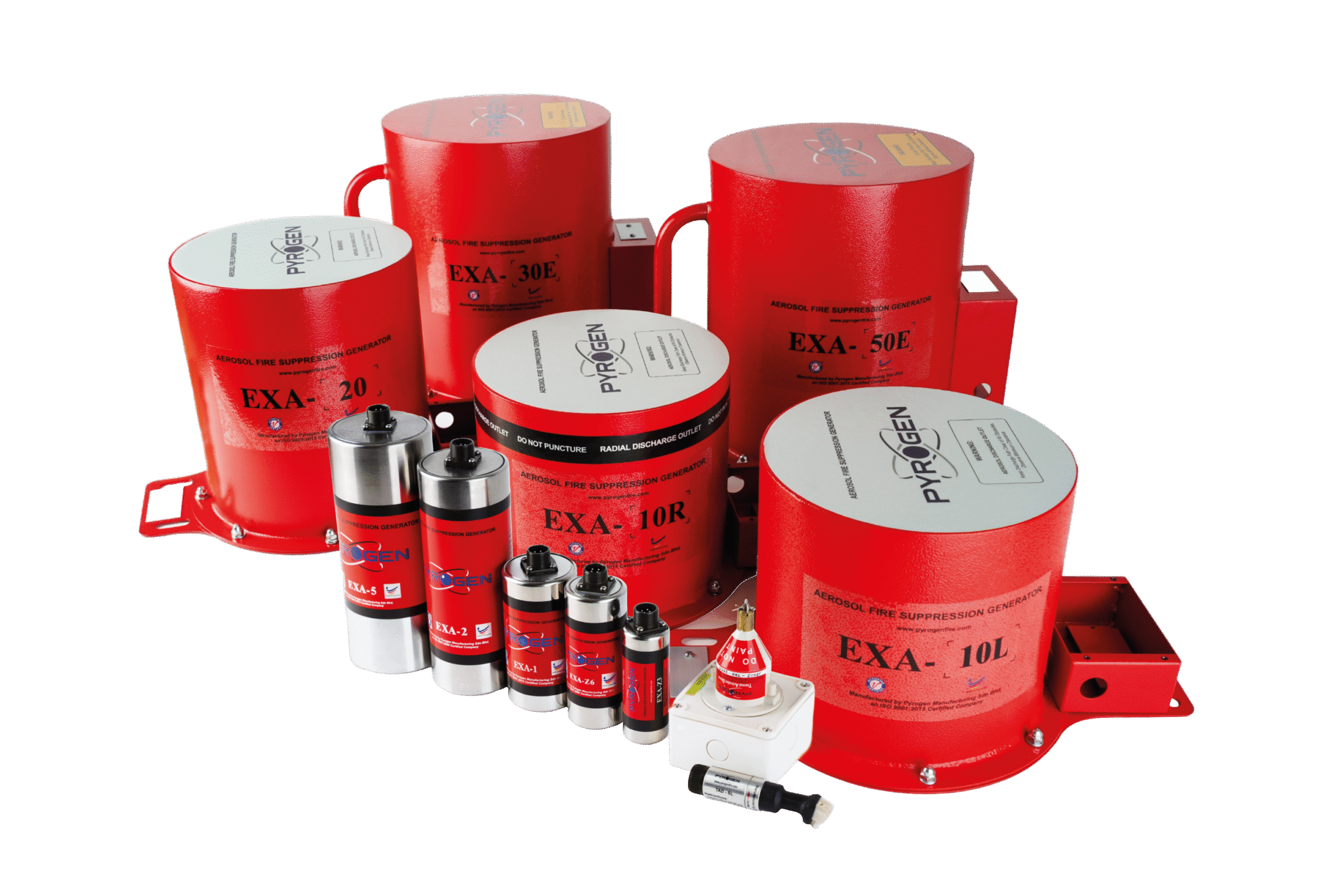
Despite their robust design, electrical cabinets can present significant fire risks due to the nature of the electrical components they contain and the conditions in which they operate. Uncontrolled current flow can result in overheating, leading to the degradation of insulation materials and ignition of nearby flammable elements.
To mitigate these risks, it is vital that electrical cabinets are properly designed, installed, and maintained to control current flow safely. Additionally, suitable fire suppression systems must be in place to prevent escalation in the event of a fault.
Overloaded Circuits Excess electrical load can result in dangerous heat accumulation, increasing the likelihood of fire. Causes include high-wattage equipment, inadequate circuit control, or system design limitations. Aging or Damaged Wiring Worn or outdated wiring can become brittle, crack, or short, especially in older installations—posing a major fire hazard. Faulty Installation Improper installation practices, including non-compliance with safety codes or poor workmanship, can lead to system failures and fire risks. Poor Maintenance Infrequent inspections or failure to replace worn components can allow hazards to go undetected, increasing the risk of electrical fires. Short Circuits When current deviates from its intended path—often due to damaged insulation or components—it can cause sudden heat buildup and ignition. Insulation Failures Compromised insulation can lead to arcing or sparking, which may ignite surrounding flammable materials. Regular inspections are essential to detect and replace deteriorated insulation.
Ventilation Requirements While ventilation openings help regulate internal temperatures, they compromise the containment needed for certain fire suppression systems, particularly those relying on sealed enclosures. Dense Component Layouts Electrical cabinets are often tightly packed to optimize space and functionality. This density limits the placement and effectiveness of fire suppression systems at the ignition source. Proximity to Combustible Materials If not promptly controlled, a fire in one cabinet can rapidly spread to adjacent units or nearby combustible materials, compounding the damage and increasing operational downtime.
Compactness Thanks to their compact size, EXA in-cabinet condensed aerosol systems are an ideal solution for electrical cabinets as they can fit within the panel, providing direct protection. Case in point, EXA-1 which measures only 64mm (diameter) and 122mm (length) is able to protect an enclosure of 1 cubic meter. Easy to install and maintain EXA generators are installed directly within the enclosure at risk, without the need for additional space to accommodate for the system. Non pressurized and requires no maintenance, EXA generators provides ‘peace of mind’ protection for 10 years. Standalone system Paired with our TAD activation device, EXA system requires no external power and any other fire detection components or control panel. Better agent coverage EXA fire suppression technology is capable of penetrating small openings in the electrical cabinet enclosure that results in better fire suppression. Reach out to us to learn more.
